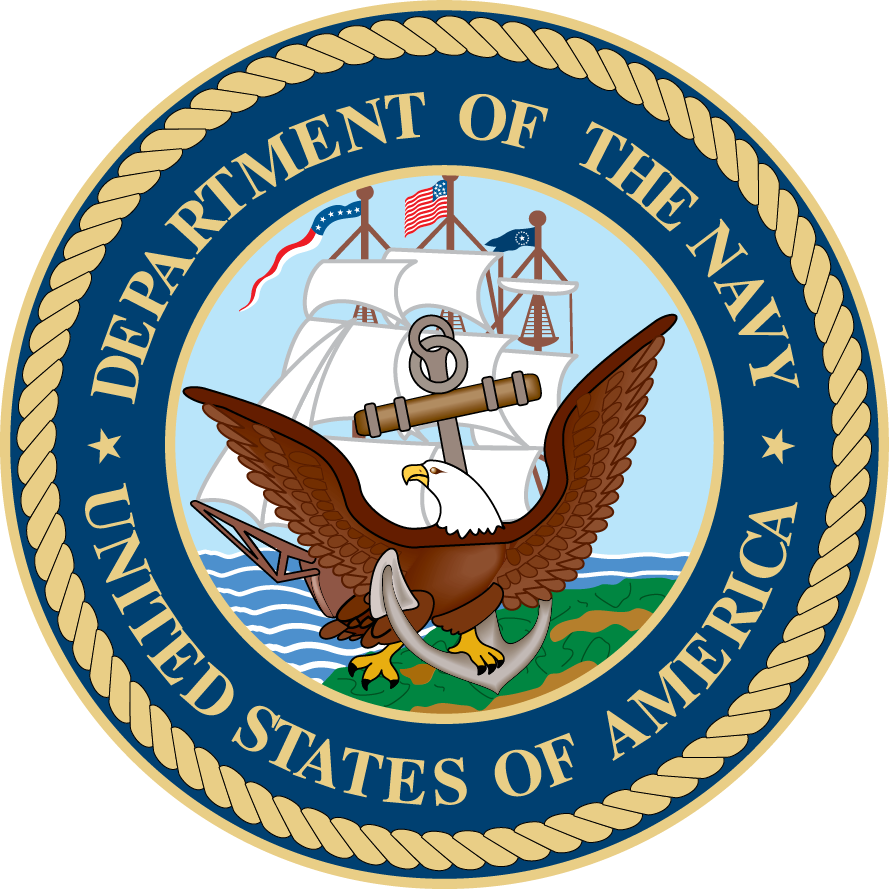Findings
To man the force, the Navy relies on ordering sailors into billets where they are most needed. Involuntary assignments may keep bil- lets filled in the short run, but in the long run they may hurt recruit- ing, readiness, and retention. Because the Navy has difficulty keeping certain billets filled, it is considering several new incentives (primarily compensation related) designed to encourage sailors to take, and stay in, hard-to-fill billets. Before the Navy can determine whether the incentives are cost-effective, however, it must know the costs of today’s involuntary assignment system.
Using a location-based definition of a hard-to-fill billet, we find that career sailors receiving orders for less preferred locations are less likely to remain (or continue) in the Navy 10 months after their pro- jected rotation date (PRD). Specifically, the continuation rate for careerists receiving orders to “good” locations is 1.2 percentage points higher than for those receiving orders to “bad” locations.
Our statistical analysis of individuals’ preferences shows that linking sailors’ preferences to their job assignments does affect continuation. Specifically, we find that:
- Sailors matched, or assigned, to their preferred billets have higher continuation rates. For example, first-term sailors who are at the end of their detailing window—6 months to projected rotation date (PRD) and consequently likely to be involuntarily assigned a billet if they do not accept a JASS-advertised billet shortly—have continuation rates between 2.1 and 3.2 percent- age points lower than sailors who accept an assignment early in their detailing window. In comparision, careerists at about 6 months before PRD have continuation rates 0.8 to 1.3 percent- age points lower than careerists early in the detailing window.
- Homebasing increases continuation rates by about 1.4 percent- age points for career sailors with dependents. There is, however, no significant impact for first-term sailors with dependents.
Implications and recommendations
As we show in this paper, the Navy’s reliance on a distribution system of involuntary assignments has unintended, adverse consequences on retention. What is the cost of the lower retention? Because our mea- sures do not capture preferences perfectly, we provide two sets of costs based on alternative measures of job preferences. We calculate that to alleviate the effect on retention could require about $39 million in Selective Reenlistment Bonuses (SRBs), and this estimate may still understate the full cost of the lower retention.
Although this cost is clearly substantial, we cannot yet judge the rela- tive cost-effectiveness of a voluntary system of assignments. A voluntary system would encourage and reward sailors for taking priority duty and would increase retention. We don’t know, however, how expensive the additional compensation would be. Theoretically, those who volunteer for duty will have a less than average dislike for the hard-to-fill billets, which should reduce the programmatic costs relative to the alterna- tives. Ultimately, however, experimentation and analysis will answer the question. We recommend that the Navy conduct small-scale experi- ments to determine the willingness of sailors to fill certain billets given additional pay. The Navy’s plan to begin paying Assignment Incentive Pay (AIP) to sailors accepting selected billets should provide valuable information. From there, the Navy will be able to assess the cost-effec- tiveness of a more flexible, voluntary assignment system.
Download reportApproved for Public Release; Distribution Unlimited. Specific authority: N00014-00-D-0700
Details
- Pages: 66
- Document Number: CRM D0006179.A2/Final
- Publication Date: 7/1/2002
